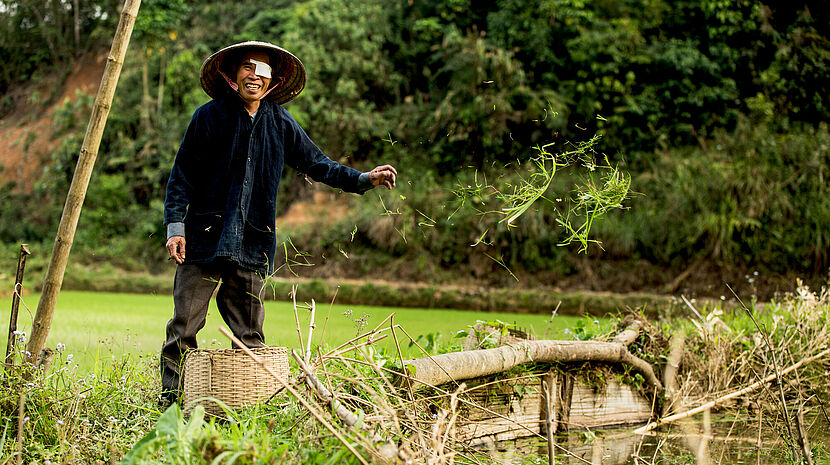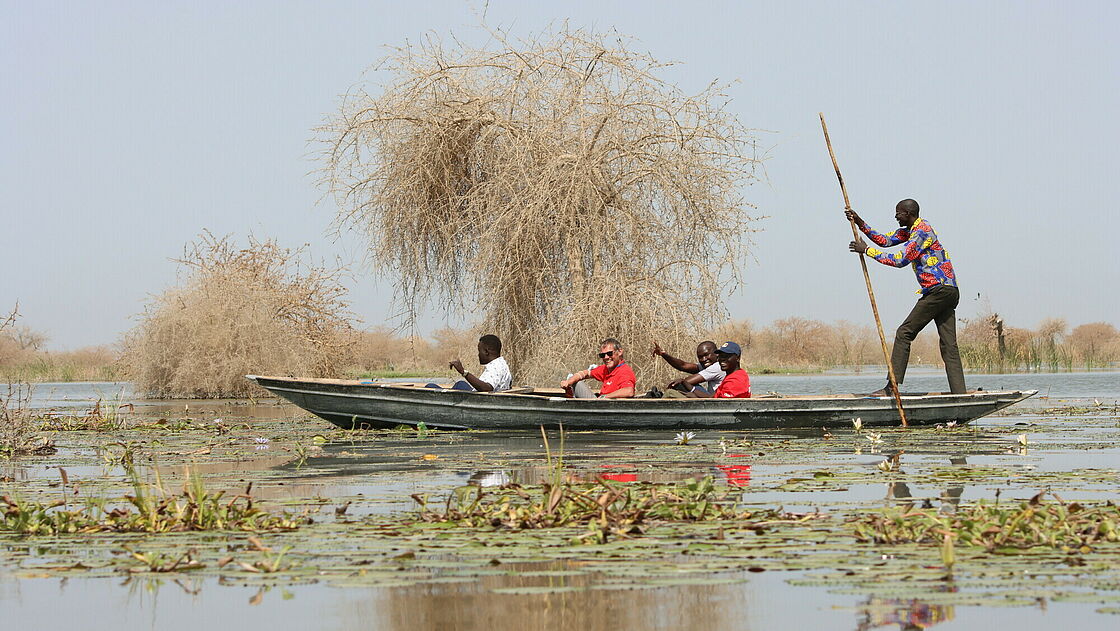Inclusion of Persons with Disabilities in Anticipatory Action Findings and Lessons Learned

Our in-depth analysis on strengthening disability inclusion in anticipatory humanitarian action. It emphasizes the critical need for inclusive practices to protect and empower persons with disabilities before, during, and after disasters. It highlights actionable recommendations for global humanitarian action.
The intensity and frequency of hazards are increasing worldwide, leading to significant economic and developmental losses each year. Anticipatory Action can reduce the impact of crises in communities and regions affected. These actions allow humanitarian actors to make informed decisions based on specific thresholds before a hazard occurs, thereby saving lives, livelihoods, and reduce damage while preserving community integrity.
Climate-induced hazards disproportionately affect vulnerable communities and groups at risk, including persons with disabilities. Disability-inclusive Anticipatory Action plays a crucial role in adopting a whole-of-society approach. This involves proactively addressing the specific needs and rights of persons with disabilities before a shock occurs. However, persons with disabilities are often excluded from vulnerability and risk assessments, early action planning, and the development of Early Action Protocols (EAPs) within Anticipatory Actions.
Based on the analyses of three specific countries (Zimbabwe, Niger, and Indonesia), our report highlights the existing gaps on disability inclusion in practiced Anticipatory Actions. It identifies shortcomings such as the neglect of the specific vulnerabilities of persons with disabilities in risk and vulnerability assessments as well as a lack of disability-disaggregated data that inform the development of Anticipatory Action measures. Additionally, early warning systems lack accessibility for diverse disabilities. The analysis underlines that persons with disabilities are not (yet) systematically considered as a specific target group of early actions and that their specific needs are not considered.
On a positive note, the analysis also shows that improvement is happening, and that more and more Anticipatory Action actors are aware of the above-mentioned gaps and start to take first steps that will help to anchor disability inclusion more systematically as a cross cutting issue in Anticipatory Action.

To address the remaining gaps, our report recommends the following for an Inclusive Anticipatory Action Framework:
- Ensure engagement of persons with disabilities in pre-disaster risk assessments or vulnerability assessments.
- Implement disaggregated data collection and analysis for inclusive risk assessment and early action development.
- Build technical capacity within the humanitarian community and for Organizations of Persons with Disability (OPDs).
- Reflect the diverse impact of persons with disabilities in threshold or trigger setups.
- Include disability-specific interventions tailored to various types of disabilities.
- Establish regulations for financing specific activities for persons with disabilities.
- Incorporate the perceptions of persons with disabilities into the design of Anticipatory Action plans.
- Develop a monitoring process that captures the learning and experiences of persons with disabilities for continuous improvement of Anticipatory Action.
This report is a collective outcome of the project "Putting Persons with Disabilities at the Centre of Humanitarian Preparedness and Response." The project is implemented across eight countries in Asia, Africa, and Central & South America through Arbeiter-Samariter-Bund Deutschland e.V. (ASB), Centre for Disability in Development (CDD), Christoffel-Blindenmision – Christian Blind Mission e.V. (CBM), the International Disability Alliance (IDA), Malteser Hilfsdienst e.V. – Malteser International Europe (MI), and various local partners. The project is financed by the German Federal Foreign Office (GFFO).